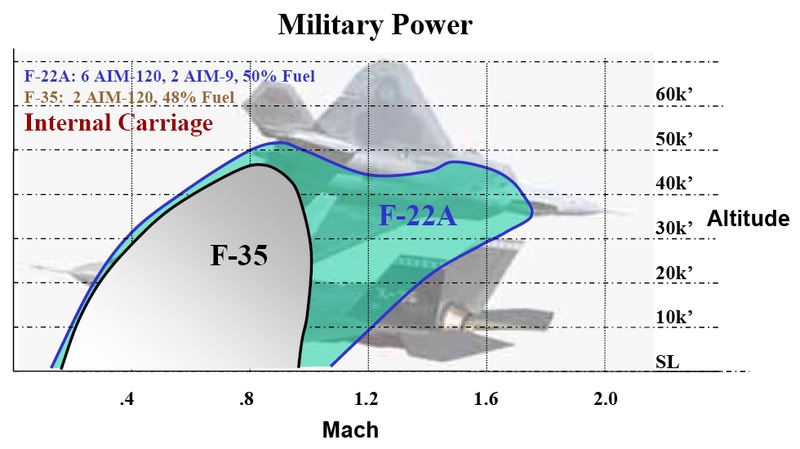stigmata said:The Air Force’s goals for the aircraft require substantial
increases in maneuverability; decreases in detectability, take-off and
landing distances, and maintainability; and new capabilities such as ability
to cruise at supersonic speeds for long distances. The ATF program
has elevated supportability and affordability to a co-equal status with
performance.
stigmata said:The Air Force is striving to incorporate technologies and capabilirles
into the ATF that have never been incorporated before on an air superiority
fighter. For example, the expected highly integrated avionics and the
supersonic cruise and short take-off and landing capabilities arc nttw for
a high performance air superiority fighter.
Aussie Digger said:Yep supersonic cruise and performance. Still nothing about the top speed of the aircraft.
You are confusing supercruise with top speed, it is not the same thing.gf002-aust said:again, not one reference to absolute speeed as a primary design element.
Supercruise is the ability to maintain speed over Mach 1 dry thrust, =without the use of afterburner in level flight.
The use of afterburner will increase that speed, and will allow you to reach top speed.
The catch is that fuel consumtion quadraples while speed not even double with this method.
There is no doubt top speed will remain important, but having significantly higher speed at fuel economic dry thrust offer some serious advantages.
I never mentioned top speed, i was talking about supercruise.
An F-22 has the potential to reach M1.75 at 35.000 feet dry thrust, and M2.4+ with afterburner

